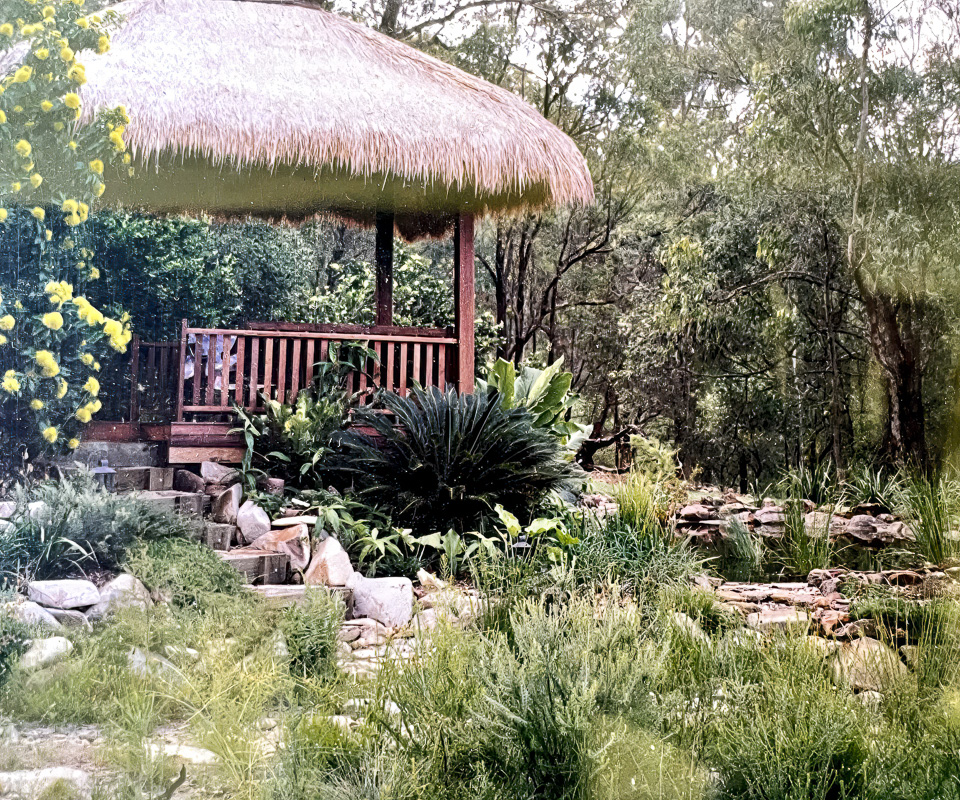I wanted to try my hand at creating a ‘wallum’ garden, a coastal heathland garden which has incredible diversity. Here’s how we went about it.
Wallum ecosystems are coastal heathlands
Those of you who know coastal heathlands, know what amazing and diverse ecosystems these are. They contain a plethora of unique and wonderful plants, many of which grow nowhere else! Barbara Henderson championed these special ecosystems, forming the Wallum Study Group and taking members on guided tours whenever she could. These areas are now very limited due to human development and changing conditions.


Our wallum garden approach
In 2000, I decided to see if it was possible to create a ‘wallum’ garden on our Nerang clay base. We live 72m above sea level, with clay subsoil and hoped to create a ‘wet’ pan area in our patio. First, we excavated a 4 x 5m oval in the patio area, to about 60cm in depth. We filled this with 7 cubic metres of sandy soil from Hervey Bay (from landscapers who use this as sand fill for making soil mixes).
Wallum has peaty, acidic soils, so we packed the newly poured concrete edges with peat to ensure a lower pH. This area is poorly drained, being on clay and at the base of a sloping section of our ‘ridge’.


Where to get plants?
You cannot buy ‘wallum’ plants commercially. Fortunately Barbara had a letter of permit to collect plants from a wallum area that had been bulldozed and was to be planted as a ‘Paulownia Plantation’! So we collected seedlings there, each taken with a plug of soil, wrapped in wet newspaper and transplanted immediately we reached home. So we started creating the ‘wallum’ garden.
As these pictures show, in the first 2 years, it did indeed look like ‘wallum’ with many seedlings flourishing: sedges, peaflowers, Patersonia, Boronia, Sowerbaea and things I still don’t know the name of…it was wonderful! But droughts have taken a toll and some plants have died. Now in this wet season, new seedlings are coming up! After 20 years, I think you cannot really re-create a true wallum garden outside of its natural state. But you can learn a lot by trying.


 Australian Native Plants Society (Australia)
Australian Native Plants Society (Australia)